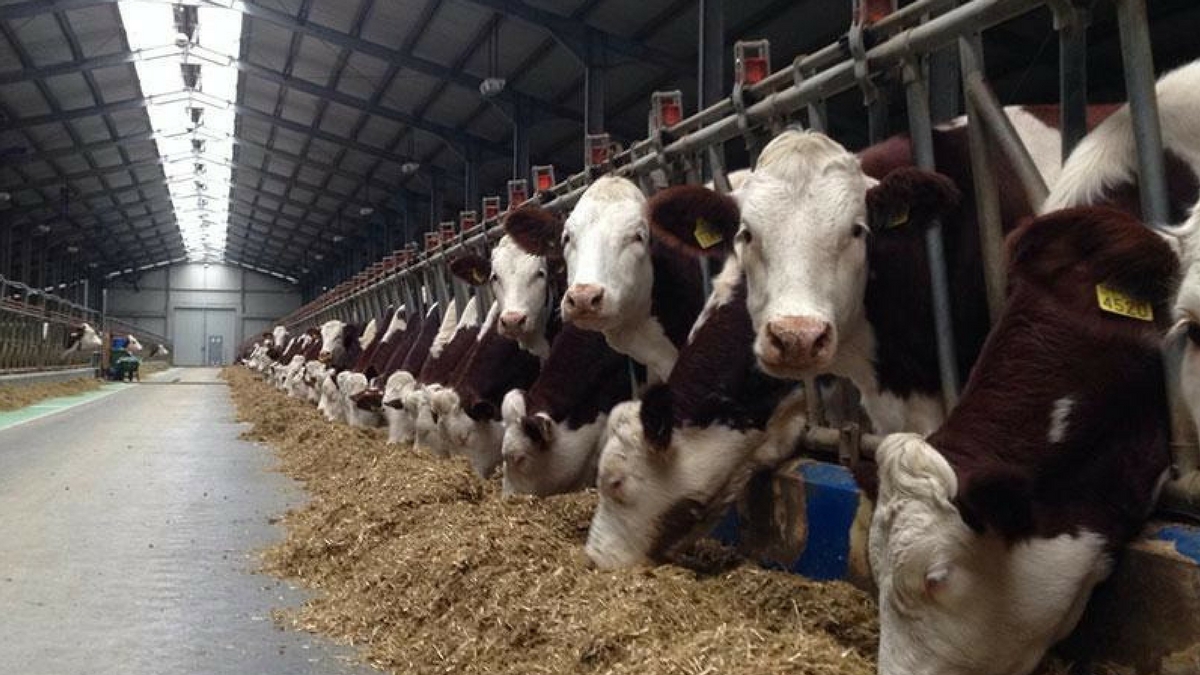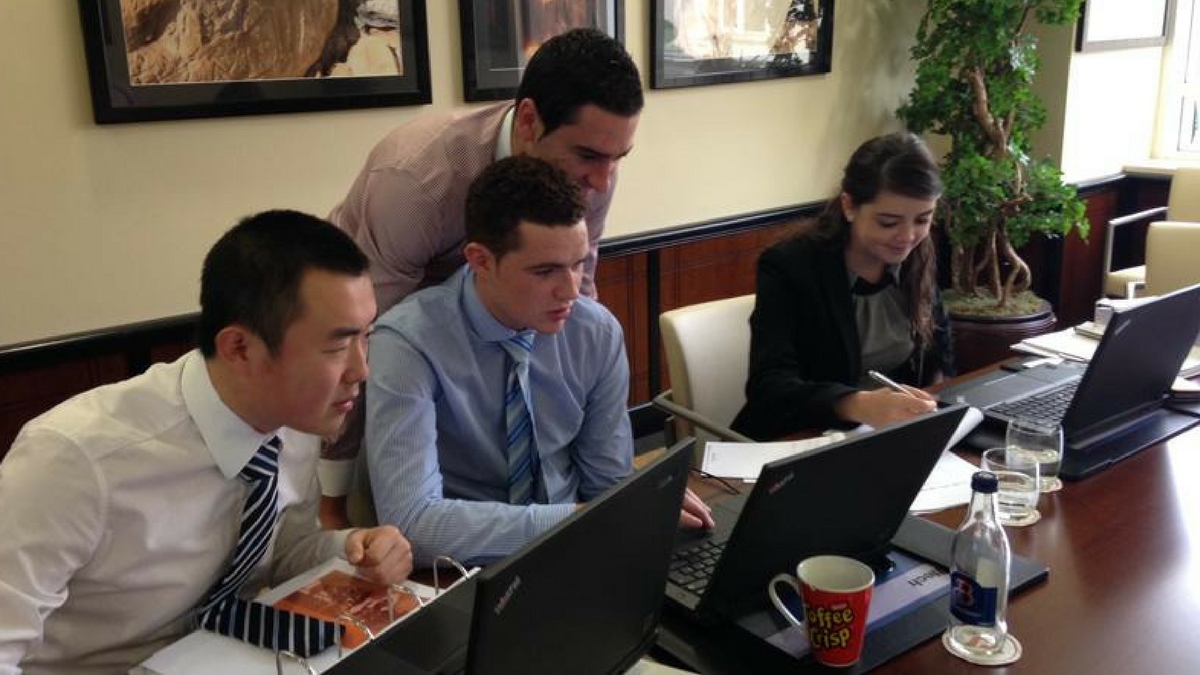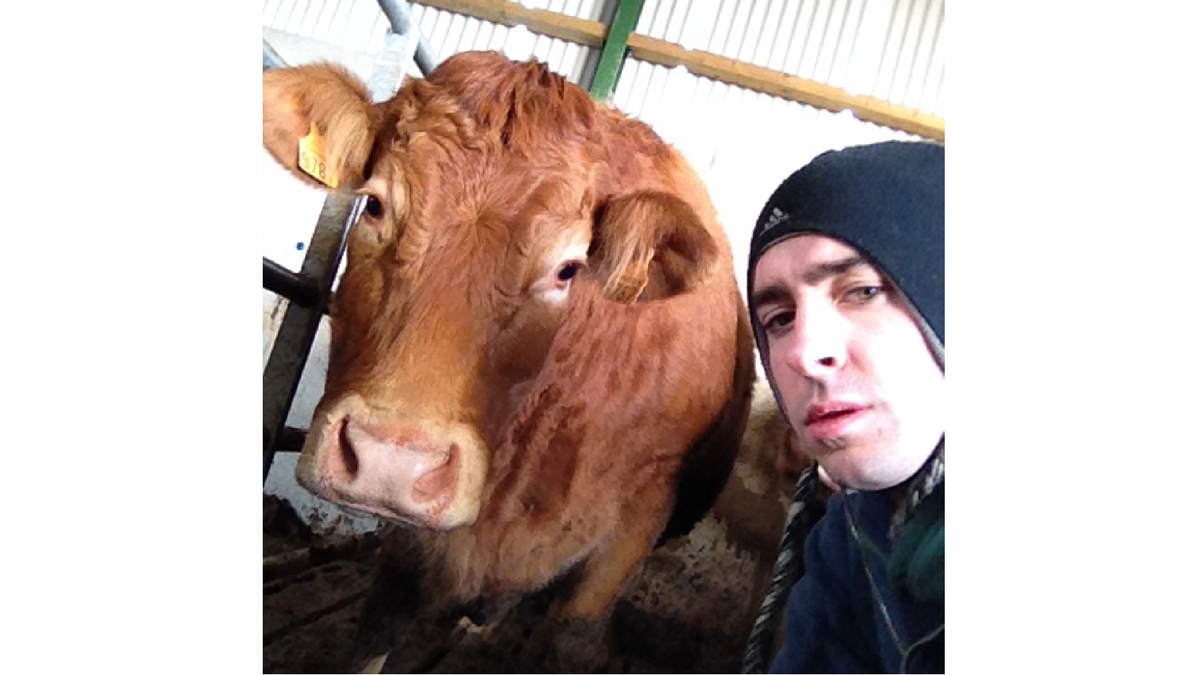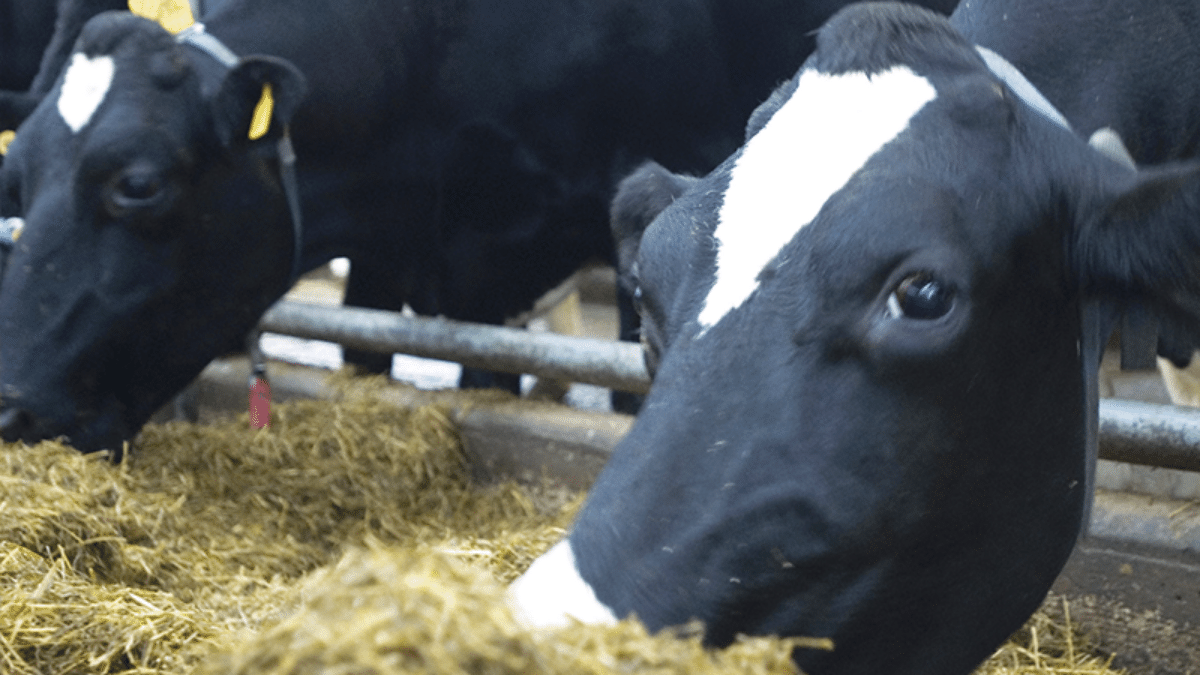Meet the cow’s amino acid requirements
In order to reach maximum milk production potential, cows need not only a sufficient amount of protein but a protein that provides the proper amino acid balance. Amino acids are the building blocks of protein, and the quality of a protein is determined by its balance in term of essential amino acids. Not all protein sources are created equal.
A cow’s protein and amino acid requirements can be met by a protein source with an amino acid composition that closely matches the composition of what the cow is producing, such as milk protein and muscle. By focusing on the amino acid composition of the protein supply to the cow, we can efficiently meet the cow’s protein requirements without overfeeding protein while meeting the correct amino acid balance.
Feed the rumen
Ruminants derive protein from two sources: microbial protein synthesized in the rumen and escape protein provided in feedstuffs. Microbial protein provides 50 - 60 percent of the protein supply to the typical dairy cow. Bacteria and protozoa in the rumen ferment carbohydrates and protein supplied from the ration into more bacteria and protozoa that will provide protein to the cow. Microbial protein is a very high quality protein in that the amino acid composition matches that of milk protein.
Feed the cow
For high producing dairy cows, microbial protein alone will not provide a sufficient protein supply. A feed source of protein is required to meet a high-producing cow’s protein requirements. This protein must escape degradation in the rumen and will directly provide protein to the cow. The amino acid profile of escape protein sources is critical to how well that protein can positively affect milk production and efficiency.
New technology to provide optimal amino acid supply
A study conducted at South Dakota State University by Dr. Javier Sabbia et al. (2012)1 demonstrated the importance of proper protein nutrition as well as the application of a product designed to meet the cow’s requirements for amino acids. DEMP (DEMP®, a yeast-derived microbial protein produced by Alltech, Inc.) is a source of high quality protein with an amino acid prodile that closely matches that of reference protein sources such as milk protein and microbial protein. The product is partially digested by the microbes in the rumen and supplies essential peptides (small proteins) and free amino acids that may maximize microbial protein synthesis. In addition, the portion of DEMP that escapes the rumen supplies the cow with a high quality protein directly from feed. Research showed that DEMP supports the protein supply to the cow by increasing microbial protein production and by supplying a feed source of high quality amino acids.
DEMP vs. soybean meal
To examine the implications of a protein source on lactating dairy cows, Sabbia and colleagues replaced varying portions of soybean meal with DEMP. Plant proteins such as soybean and canola meal and distillers grains comprise most of the protein fed to ruminants in the United States. By replacing equal amounts of soybean meal with DEMP at 0, 300, 600, and 900 grams per cow per day, the researchers were able to compare how well DEMP versus soybean meal met the amino acid requirements for a lactating cow.
The cows were fed a typical Midwestern lactating TMR primarily composed of corn silage, alfalfa hay, ground corn and soybean meal. The researchers found that milk production increased by replacing a portion of soybean meal with DEMP at varying rates. The rations containing 300 and 600 grams of DEMP resulted in the most milk, 92 pounds compared to 87 pounds for the control (standardized to 4 percent fat and 3.2 percent protein). Milk fat content increased by 0.09 to 0.13 percent with the inclusion of DEMP.
In addition to measuring performance parameters, the researchers at SDSU took measurements to determine the effect of treatment on rumen function, using both ruminally canulated cows as well as an in vitro procedure in the lab. Rations including DEMP resulted in lower rumen ammonia and branched-chain VFA concentrations. Both of these parameters indicate protein degradation in the rumen; lower values for the DEMP ration indicate degradation of feed protein was lower.
Together these variables indicate that DEMP is less degradable in the rumen than soybean meal and will provide more high quality escape protein from feed to the cow. Using an in vitro procedure developed to simulate rumen fermentation in the lab, researchers observed that true dry matter digestibility increased by 1.4 to 2.7 percentage units when DEMP replaced soybean meal. This observation supports the second hypothesis on DEMP’s method of action: improving rumen efficiency thereby improving feed digestion and microbial protein flow.
Feed a complete protein
Improving protein supply to the cow by increasing the flow of high quality microbial protein from the rumen and providing a feed source of high quality protein can allow for increased milk production, as observed in the high producing cows used in the South Dakota State study. The benefits of replacing common sources of plant protein with a high quality protein include increased milk production, higher efficiency of protein utilization, and the potential to feed lower protein rations.
- Microbial protein and DEMP have similar amino acid profile
- Microbial protein and DEMP closely match the amino acid profile of milk protein
- Soybean meal and other plant proteins do not match the amino acid profile of milk protein as well, indicating that soybean meal does not meet the animal’s requirements for amino acids
The full article can be accessed at journalofdairyscience.org.
1Sabbia, J.A., K.F. Kalscheur, A.D. Garcia, A.M. Gehman, and J.M. Tricarico. 2012. Soybean meal substitution with a yeast-derived microbial protein source in dairy cow diets. J. Dairy Sci. 95:5888-5900.
Amanda Gehman1, Javier Sabbia2,3, Ken Kalscheur2, Alvaro Garcia2, and Juan Tricarico4
1Alltech, Inc., Nicholasville, KY
2South Dakota State University, Brookings, SD
3Biotech Uruguay, Montevideo, Uruguay
4Innovaton Center for U.S. Dairy, Rosemont, IL
I want to learn more about nutrition for my dairy.
























